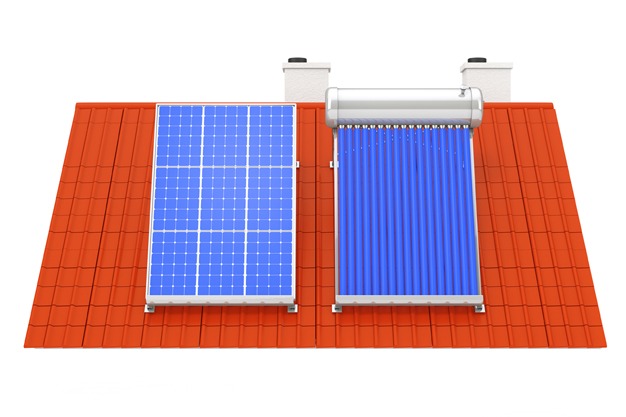The sun can provide enough energy in 24 hours to power the entire world’s population for 27 years. Solar energy is thus not only a completely reliable and long-lasting energy source but also a very cost-effective and efficient one if the solar panels used and the surrounding environment is well suited. Such exciting prospects have grown in an industry that has invested a lot of work into creating efficient systems. Creating such systems for generating, utilizing, and storing the sun’s energy by converting sunlight into valuable electricity using various types of residential solar panels.
Monocrystalline solar panels, polycrystalline solar panels, and thin-film solar panels make up the majority of solar panels on the market today for residential solar energy systems.
The type of solar panel is determined by the solar cells that make it up. Because each type of solar cell has its own set of properties, certain panels are better suited for specific scenarios.
Solar Panels using Monocrystalline Crystals
Monocrystalline solar panels are the most developed and they have higher efficiency. In this scenario, the panels are made up of monocrystalline solar cells. They include 40 monocrystalline cells, each of which is constructed entirely of silicon. Because sunlight interacts with pure silicon, monocrystalline cells appear black. When it comes to back sheets and frames, though, consumers can choose from many colors. Solar makers slice silicon ingots into wafers to make them. The smooth and round cell borders in the process. You’ll need fewer of them because their shape and composition help them produce more electricity.
Some of Monocrystalline Cells’ Key Benefits are as follows:
• Monocrystalline cells are arranged in a pyramid shape, resulting in a larger surface area for higher solar energy absorption.
• These solar cells have a greater efficiency (between 18 and 24%) than other types of solar cells.
• Monocrystalline cells can last for up to 30 years.
• This type of solar panel is more heat resistant.
Solar Panels using Polycrystalline Crystals
Each PV cell in polycrystalline panels (also known as multi-crystalline panels) has multiple silicon crystals. Because each solar cell contains several crystals, there is less room for electrons to flow around, resulting in a lower efficiency rate than monocrystalline cells. Polycrystalline panels are easier to manufacture and thus less expensive than monocrystalline panels. Among the three types of residential solar panels, they are the most common. To manufacture these, silicon crystal fragments are heated and then sliced into wafers. Polycrystalline solar panels have a mosaic-like surface and are square. Because the panels are made up of multiple silicon crystals, the surface has a bluish tone. Polycrystalline panels are easier to manufacture and thus less expensive than monocrystalline panels.
There are several advantages to polycrystalline panels, just as there are to monocrystalline panels.
• Polycrystalline panels are less damaging to the environment than monocrystalline panels.
• Because of their easy manufacturing technique, these panels are less expensive.
• In the production of polycrystalline panels, less silicon is consumed.
• Polycrystalline solar panels have a lower heat tolerance than monocrystalline solar panels, which is a disadvantage. As a result, at higher temperatures, polycrystalline panels have reduced efficiency.
Panels Made of Thin Film
Thin-film panels are a type of solar cell that is used in the second generation. Thin-film solar panels are almost 350 times thinner than silicon wafer panels, as the name implies. Thin-film solar panels are less expensive to manufacture since they need less material. The fact that thin-film panels are manufactured of a range of materials is another distinctive trait. Cadmium telluride, amorphous silicon, or Copper Indium Gallium Selenide can all be used to make thin-film panels.
As a result, they are the most affordable solar panels available. Thin-film solar panels can be turned into a flexible panels by putting films of one or more PV materials onto a substrate.
Thin-film panels, as second-generation panels, have many features that contribute to their expanding popularity.
• Thin-film panels are versatile and can be built of a variety of materials other than silicon.
• This type of solar panel is far less expensive than the other two.
• Due to its lightweight structure, customers can save money on installation costs as well.
• When compared to the other two types of solar panels, thin-film panels have the lowest efficiency. They have a high efficiency of up to 11%.
As a result, deciding on the best residential solar system is mostly determined by your energy requirements and the specifics of your home. The design that works for you is determined by various criteria like maintenance, aesthetics, and economic limits.
Connect with Wattz, the leading solar panel installer in Dubai, today if you’re looking for the best solar panels for home installation. We’ve assembled the best team of professionals to collaborate with you on the design. They can also recommend the best options for you and assist you in connecting with the sun.





